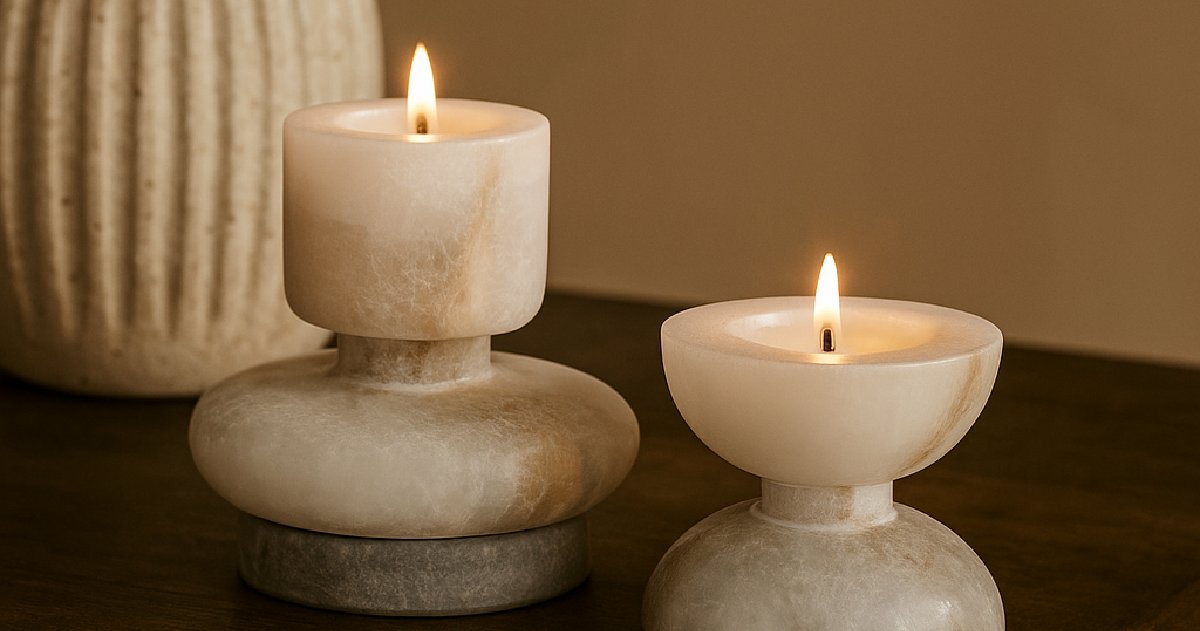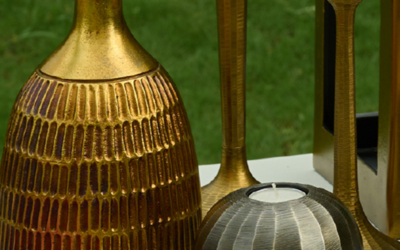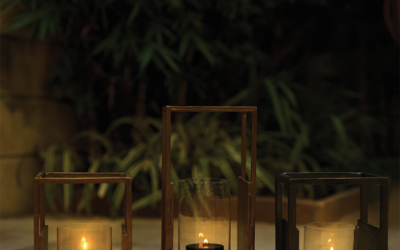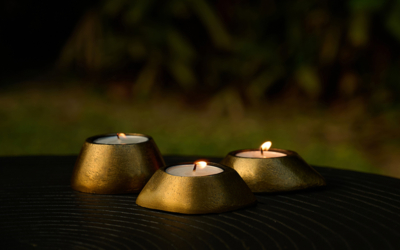Light is more than illumination, its atmosphere, emotion, and material presence. When paired with sculptural candle holders, it transforms interiors from static environments. In maximalist styling, where texture, pattern, and form converge, candlelight becomes narrative. It shapes how we experience a room, how we linger in it, how it feels after dark.
In this setting, decorative candle stands and metallic candle holders are far more than accents. They are anchors of mood, tools that hold not just flame, but drama. This editorial explores how to layer light with precision and boldness, drawing from historic design traditions and contemporary philosophies. Featuring luxury candle decor ideas from Taho Living’s sculptural collection, this is an ode to lighting that speaks in shadows and silhouette.
Baroque Roots: Where Light Became Drama
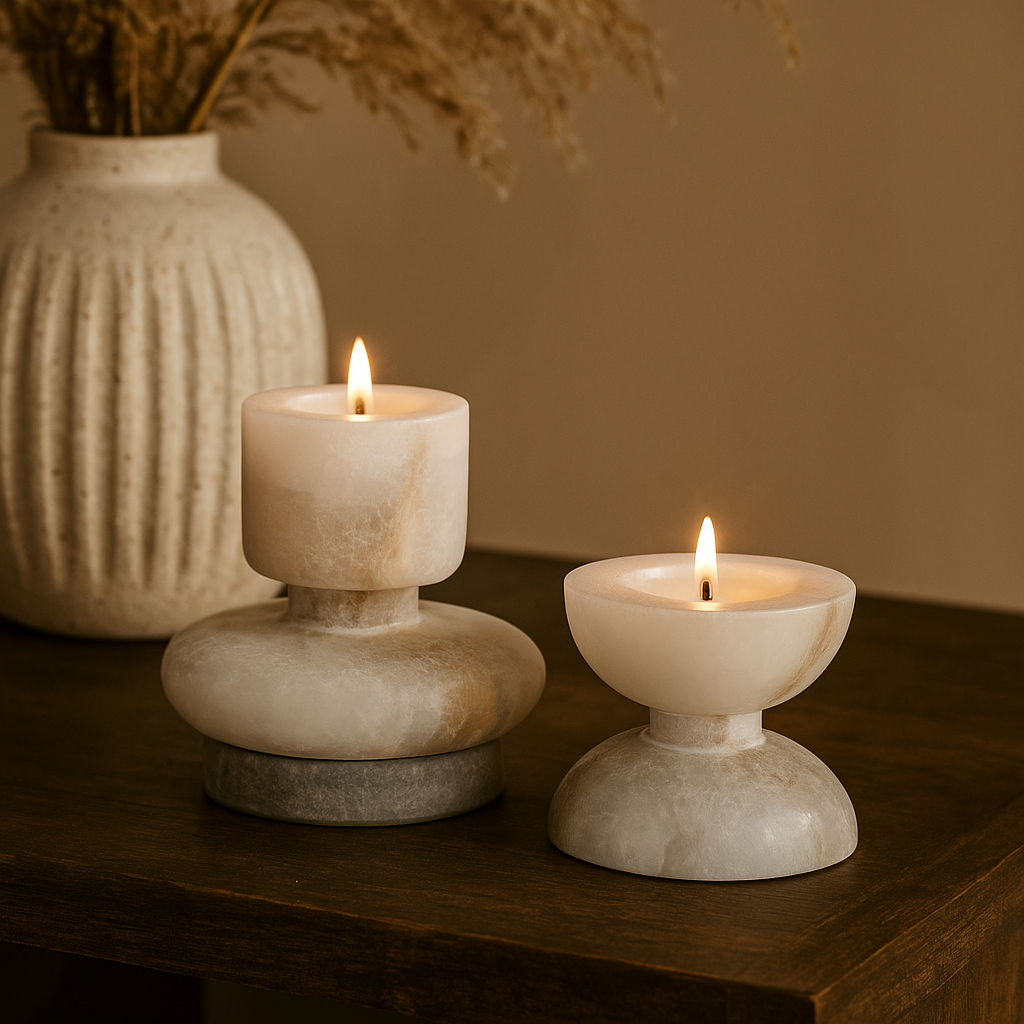
The effect of candlelight starts with the Baroque period, an age that was fixated on spectacle, motion, and divine display. In Europe’s grand palaces during the 17th century and in the church interiors dictated by extravagance and grandeur, light was planned, orchestrated and danced.
Candlelight was not just a functional necessity; it was at the core of spatial narrative. Decorative candle stands of this period, gilded bronze candlesticks, carved wood columns, elaborate candelabra, were architectural in their significance. When positioned near mirrors or marble, the candle’s glow would reflect and refract, animating space with gold-toned shadows.
This relationship between flame and surface gave light a sculptural quality, one that modern maximalist interiors are rediscovering with nuance and restraint.
Victorian Maximalism to Modern Expressiveness
Fast forward to the Victorian age, where “more is more” found its domestic expression. Heavily patterned wallpapers, stained-glass windows, ornate furniture, and walls filled with objets d’art were paired with candle holders in every imaginable material: cut glass, silver plate, enamel, iron, and porcelain.
Here, candle holders formed part of the decorative whole, often symmetrical on a mantelpiece or gathered on sideboards. They reflected a culture of curated abundance.
Today’s maximalist interiors, while equally expressive, aim for cohesion over clutter. Designers such as Martina Mondadori Sartogo reimagine maximalism through the lens of Swedish Grace and Italian craftsmanship, by using rich materials and bold contrasts within a thoughtfully composed space they give a modern twist to maximalism. In this context, a well-placed candle holder becomes a sculptural signature that punctuates the visual rhythm of a room.
Metallic Candle Holders: Reflective, Textural, Timeless
Metal has always been the material of expressive permanence, central to movements like Brutalism, Bauhaus, and Minimalism. In the world of metallic candle holders, it offers both functional and poetic potential. A polished nickel piece reflects flame with clarity and refinement. A hammered brass stand adds warmth and texture, its surface alive with shadowplay. An oxidised copper vessel evokes a sense of patina and timelessness.
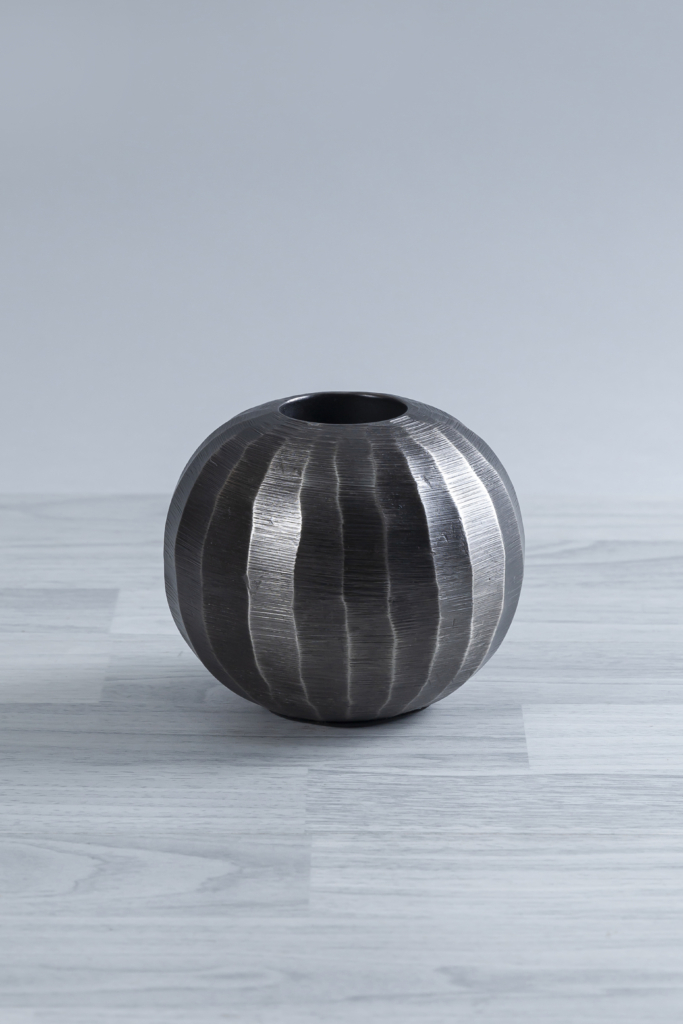
In modern interiors, particularly maximalist ones, this materiality plays a crucial role. Metal is grounding. It provides a counterweight to soft textures like velvet or heavy textiles, anchoring a space without overwhelming it. In candlelight, it becomes alive, its reflective nature shifting with movement and time of day.
Maximalism with Intention: Curated Abundance
Contrary to common misconception, maximalism isn’t chaos, it’s intentional complexity. Every object, every layer, must earn its place.
- Textural Layers: Combine the shine of metallic candle holders with velvet, boucle, or natural cane.
- Tonal Echoes: Repeat hues from the metal, brass, copper, pewter, in other elements: cushions, planters, frames.
- Rhythmic Repetition: Use odd-numbered groupings (3, 5, or 7) of candle holders to create a rhythmic pulse across a console or dining table.
With restraint and rhythm, even richly layered rooms can feel harmonious and calm.
Candle Holders as Objects of Art
Some designers have transformed the candle holder from utility into standalone sculpture. Gere Kavanaugh, one of postwar America’s most inventive design voices, infused ceramic and metal candle forms with joyful imperfection. Bodo Sperlein creates candle holders that blur boundaries between function and object, each piece designed to be as beautiful as when glowing.
Taho Living carries forward this philosophy, designing candle holders that feel architectural, sculptural, and grounded in form-first thinking.
Taho Living’s Candle-Holding Philosophy
Each piece in Taho Living’s candleware collection is an exploration in material clarity and sculptural stillness:
- Sanee Candle Holder
A hand-hammered brass and aluminium form that feels monolithic yet refined. At 26 cm tall, it introduces elegance and architectural structure. - Leshya Tea-light Holder (Set of 3)
Compact, textured, and versatile, perfect for grouping or scattering across layered table arrangements. - Stūmah Tea-light Holder
Patinated and deeply tactile, ideal for quiet corners, nightstands, or meditative nooks.
These are not transient accessories. They are future heirlooms, crafted slowly, meant to last, and designed to hold light as part of a larger visual language.
Conclusion: Let Light Shape the Story
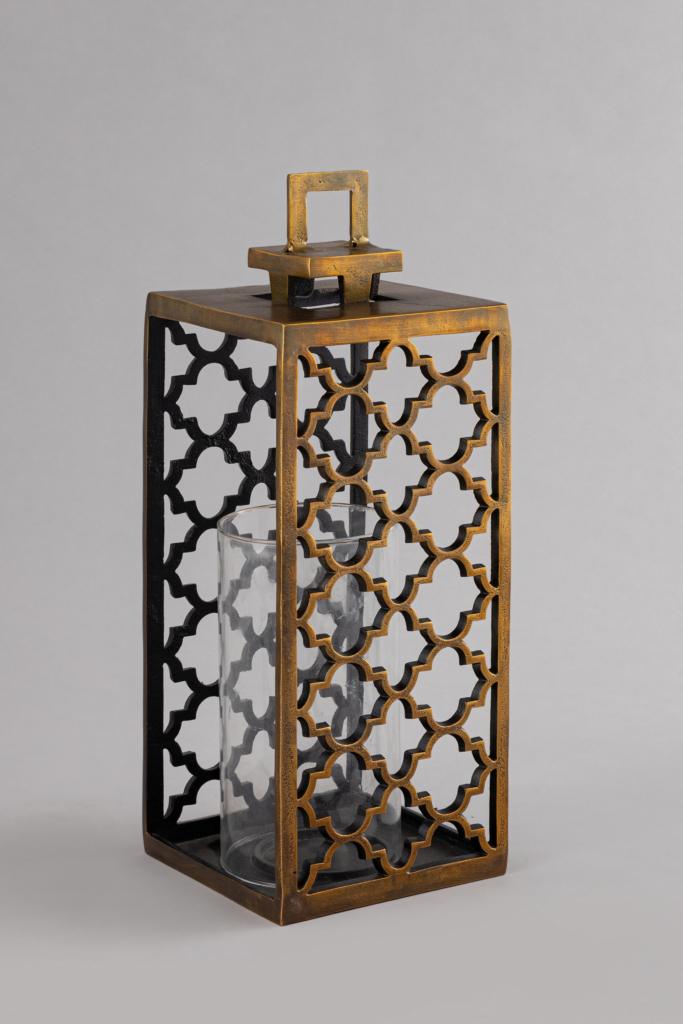
When styled with intention, candlelight becomes more than ambiance, it becomes presence. Decorative candle stands no longer play supporting roles, they lead. With metallic candle holders, you layer light, texture, and emotional depth into a room. And through carefully chosen luxury candle decor ideas, you transform function into feeling.
Explore Taho Living’s collection, objects that don’t just hold flame, but offer stillness, structure, and sculptural expression to homes shaped by depth, not decoration.


